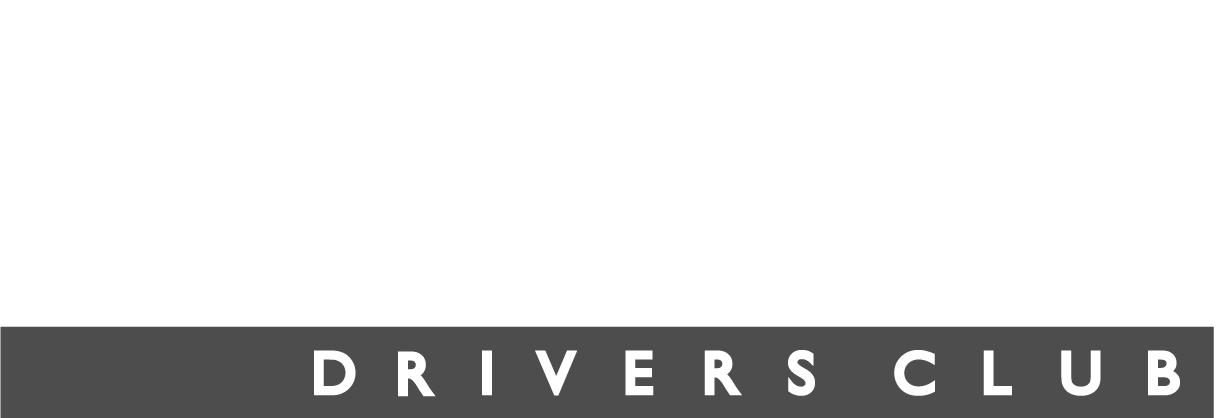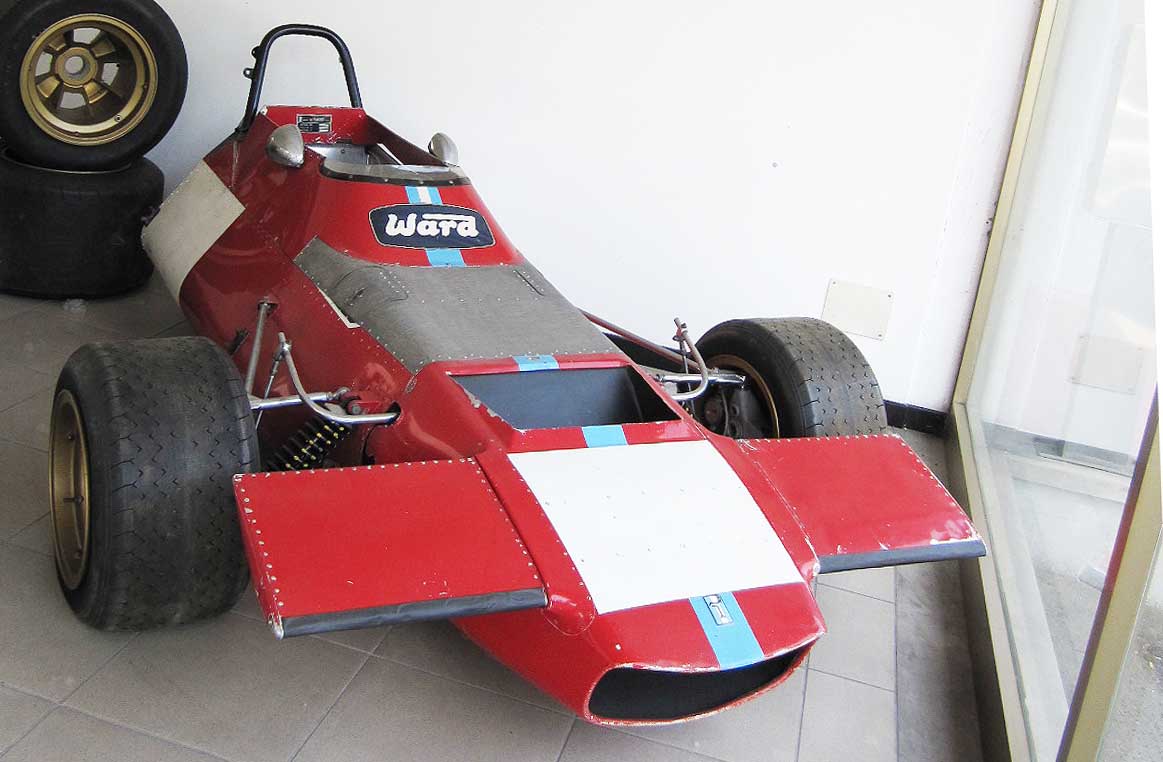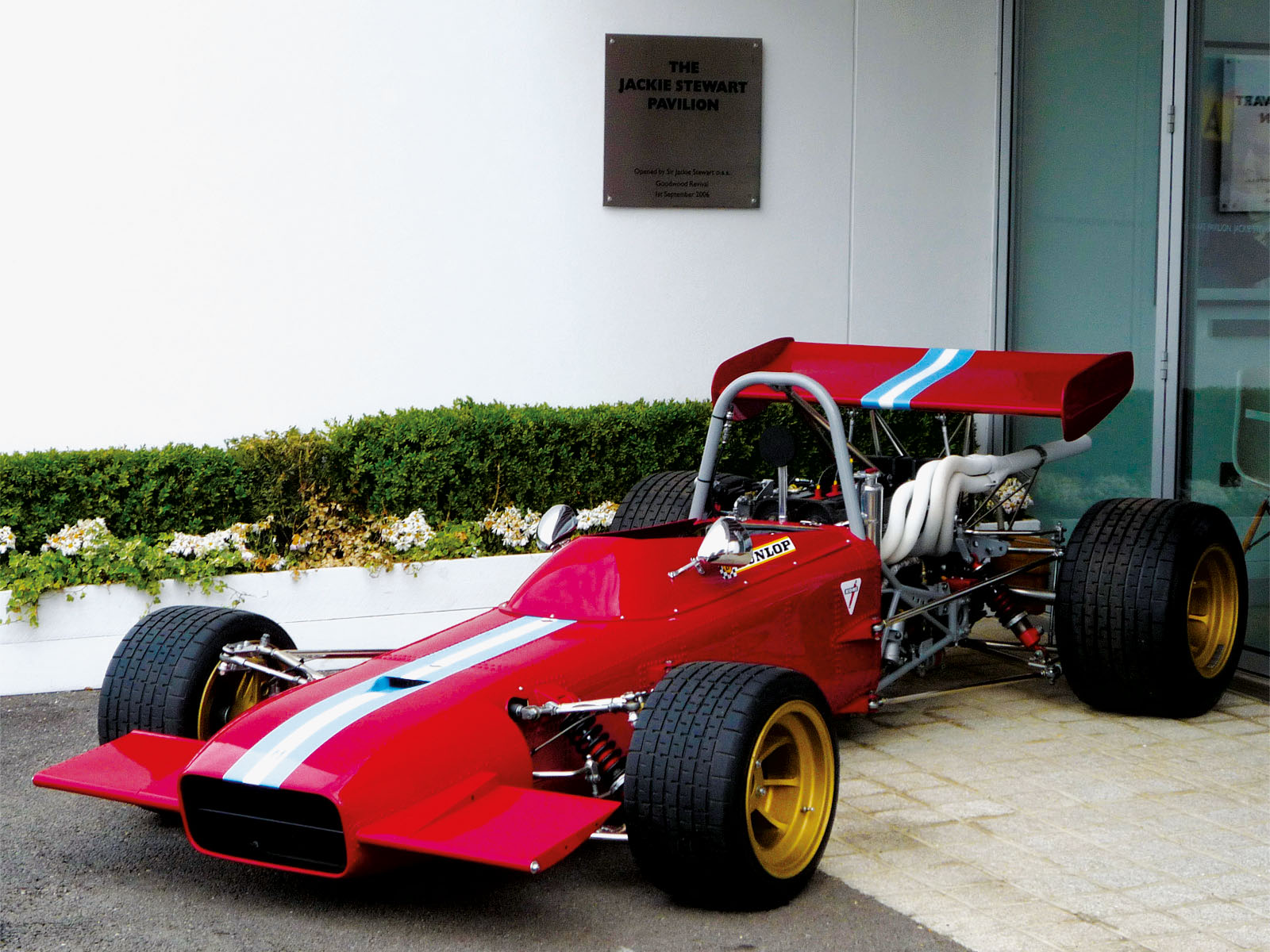Racing and Formula
Alejandro De Tomaso was born on July 10th 1928 in Buenos Aires, to the Italian-born politician Antonio De Tomaso and the daughter of one of Argentina's most prominent and wealthy ranching family. After the premature death of his father, Alejandro left school to run the family ranch. He married his first wife, Lola Guiraldes with whom he had three sons.
From an early age, Alejandro's great passion had been racing cars. In 1954 he had competed in the 1000-km race of Buenos Aires, going on one year later to win his class together with co-driver Reyes in a new 2 litre Maserati A6GCS.
As a young man, De Tomaso was politically active and had backed an underground political newspaper opposing President Peron. In 1955 he returned to Buenos Aires to take part in an attempt to overthrow the regime, but when this failed he was forced to leave the country (and politics) for good.
Alejandro found a job as a test driver for OSCA (founded by the Maserati brothers,) in Bologna, Italy. It was there where he met his second wife, American heiress Elizabeth 'Isabelle' Haskell, herself a very capable racing driver and together, they raced successfully in OSCA sports cars from 1956-1958.
Racing driver and skilled mechanic, De Tomaso was a man with ambition and ideas. Frustrated with the design limitations imposed by the Maserati brothers, he left OSCA and Maserati to pursue his own brand. In 1958, Alejandro experimented with his own race car design using a 750 cc OSCA engine mounted in front of the rear axel. In 1959 the De Tomasos moved to Modena and Alejandro built his next race car, a 'monoposto.' This single-seater employed a 1492 cc OSCA engine, also mounted at the rear.
With encouraging results, De Tomaso soon built up a base of wealthy American amateur racing car drivers. Racing was the order of the day and the fledgling firm, De Tomaso Modena SpA, built prototypes and race cars for Sports Car classes, Formula Junior, Formula 3, Formula 2, Formula 1 and Indy.
De Tomaso testing a Sports 1000 (OSCA engine.)
1958 12 hr at Sebring in an OSCA 750S. Alejandro and Isabelle come 8th overall and win their class.
1960 DeTomaso Isis Formula Junior with OSCA competition engine.
1963 F-Libre De Tomaso Isis 87.
1963 F-Libre De Tomaso Isis 87.
De Tomaso designs made a handful of Formula 1 appearances from 1961 to 1963, with his own chassis and a mix of engines. The De Tomaso 801 was entered in a number of races but only appeared once, at the 1962 Italian Grand Prix, where it failed to qualify.
In 1970 De Tomaso re-entered F1 with a new car (designed by Gian Paolo Dallara) to be run by Frank Williams for Piers Courage (brewery heir.) Having shown promise in the first four races, in the fifth, at the Dutch Grand Prix, the De Tomaso 505 flipped and caught fire killing Courage. The team continued racing at first with Brian Redman, then with Tim Schenken; however, with no results, the partnership was dissolved at the end of the season.
1962 De Tomaso and driver Nasif Estefano, 801.
Alejandro and Piers Courage, Formula 1, 505.
Preparations for the 1970 Formula 1 season.
The only remaining Formula 1 race car.
Formula 2 race car.
1963 De Tomaso Formula 3, featuring an innovative cast magnesium chassis and powered by a four-cylinder 1000 cc Ford Cortina engine, tuned by Holbay. Its light weight allowed a top speed of 155 mph.















